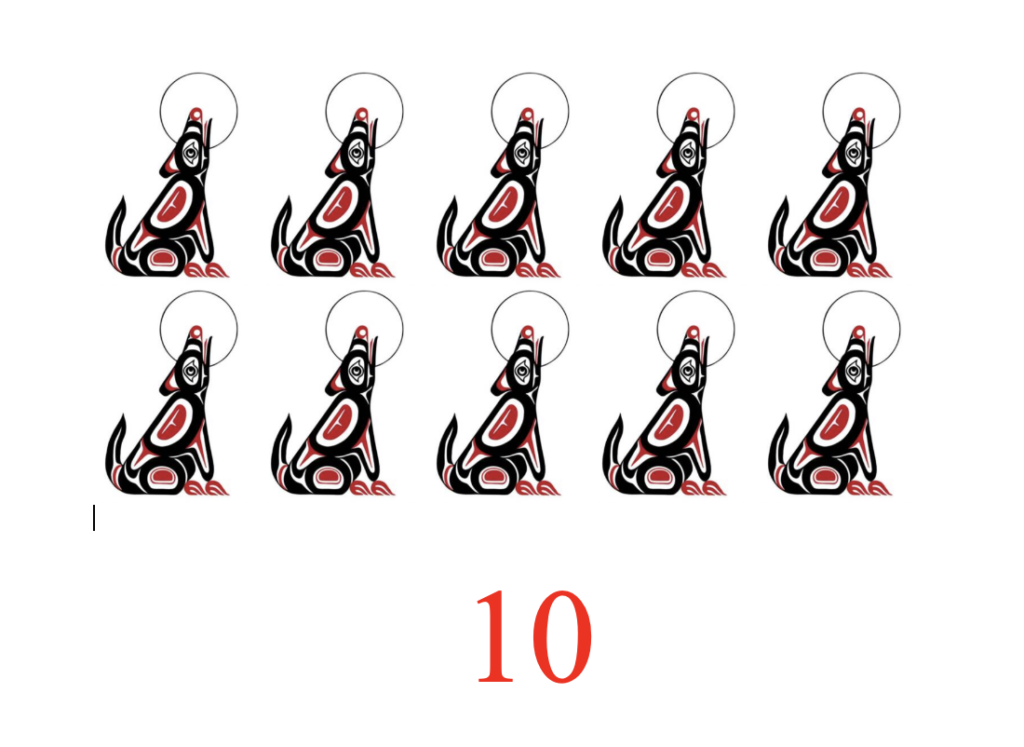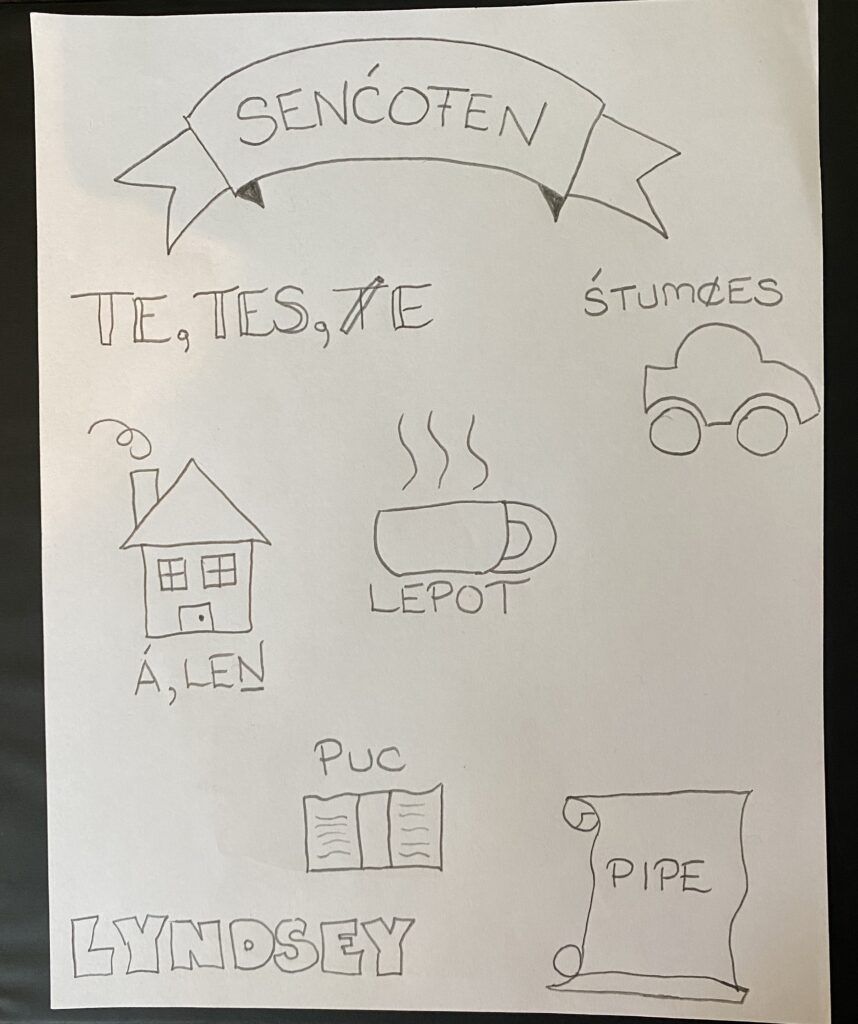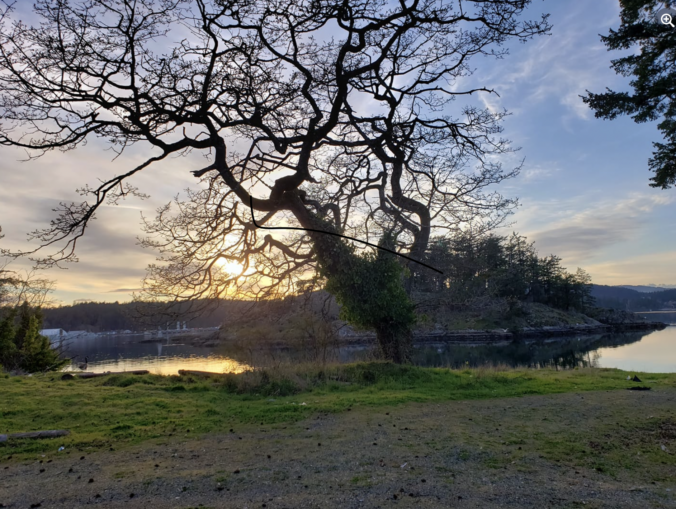Author: lyndseyjoseph

I think gamification in education could be very useful in language revitalization, but in moderation. While I think using technology is a great way to peak children’s interest in school, a con of it, would be more added screen time when physical movement in language revitalization like PE is a lot more successful. Language revitalization goes hand in hand with land based learning, where devices are put away out of respect for the language mentor/knowledge holder. Through the pandemic we were not able to gather together and I found it extremely difficult to learn/retain language through zoom/pre-recorded audio of the language. I do see how fun it can be for children to play language based games. During my practicum when a student finished their written work, they were able to go to play until we moved on to another subject. I would be very interested in creating a lekwungen language game to add to the classroom/schools iPad devices.
Instruction: I will present students with flash cards with numbers 1-10, pictures of the Indigenous wolf and no written phonetic. Example: The number 10 with pictures of 10 wolf images and I will say “apən” and have children practicing the pronunciation of apən. I will do this repetitively for numbers 1-10.

Activity: After teaching students the lekwungen words for 1-10 they will engage in a game of memory to try and match out two cards, if finding difficulties an audio will be able available.
Evaluation: Student will no longer require audio, and therefore they will be able to move onto the next part of my final lesson plan.
Goal
Students or beginners will learn to learn to recognize numbers 1-10 while only hearing them in lekwungen before reading them in the lekwungen phonetic alphabet.
Learning Objectives
Learning Objectives should be SMART: Specific, Measurable, Attainable, Relevant, and Time-based.
- Begin learning how to pronounce numbers 1-10 by listening instead of reading (no lekwungen language writing).
- Participate in learning by the repetitiveness of order.
- Develop a listening ear through the different sounds each word makes.
- Advance in pronunciation skills.
- Connect the curriculum they do know (#1-10) to lewungen. Example: 1= nətsə)
By the end of the lesson, learners will be able to:
- Upon prompting and guidance, be able to differentiate numbers 1-10.
- With prompts and some visual flash cards are able to answer/repeat numbers in non subsequent order.
- Able to repeat language words after mentor.
Prior Knowledge and Learner Profile
The learners are all beginner level at any age but targeted to K/1 that I would like to teach. Learning takes place in a classroom setting. Learners will not learn the lekwungen alphabet until they can hear the sounds orally.
- Learners will need to learn or already know their visual numbers 1-10.
- Learners will need to become familiar with certain sounds/pronunciation.
Delivery
- Beginning/Introduction: Identifying which children/new learners can identify visually numbers 1-10.
- Write numbers 1-10. Teacher and TA can distribute worksheets.
- Flashcards introducing orally the lekwungen language (no lekwungen alphabet phonetic)
- Teach lekwungen 1-10 with receptiveness from learners.
- Have students identify number in lekwungen with confirmation from teacher.
Evaluation
Repeat until students can identify all ten lekwungen words/numbers.

Johanna’s presentation was a great inspirational reminder to check in with my students daily. I did practice teaching my students emotions in the language and it always makes me so proud to hear our lekwungen children using the lekwungen language.
The first time I saw sketch noting was at a conference in Hawaii, I was fascinated with how quick the person sketch noting was, I did not really understand what it was for until this lesson. I see now that sketch noting for yourself or observing someones sketch notes while listening to a public speaker can help embed the memory into your brain and also get you to really think about what the person is saying. It feeds your brain by implanting the discussion to think about later on in my opinion. I think the only con of sketch noting is tailoring it to fit the age group of children I want to work with, for myself it would be relatively easy to create sketch notes my students can visualize but to teach them to do it themselves, often when my students draw and write in their journals later on they can’t recall the story they drew or wrote about.
I really enjoyed learning about screencastify because one of the first jobs I did with my position at UVic was teach elders wanting to access our lekwungen language portal and zoom classes on their own. Having tutorials and video they could revert back to would have been extremely beneficial for our community.
I see myself teaching at a kindergarten/grade 1 level, the students I’ve worked with really engage in song and hand movement to remember the English alphabet. A song called ” The Better Alphabet” teaches children what sounds the alphabet makes and the movement of their hands helps them to memorize. The use of the video and audio editing we’re learning is really going to help me get creative to make a Lekwungen Alphabet song for my future students.

I enjoyed the helpfulness of learning about these websites I can access for free (along with giving photo credit to the photographer) When I was working on our Lekwungen Language Portal and looking for photos to use along with the language it was tiresome looking for photos that didn’t save as having a SAMPLE stamp or copy written trademark covering the photo.
ÍY, SȻÁĆEL MEQ SÁN. TE,TES,ȾE ŦE NE SNÁ ĆSE ÁȽE SEN EṮ LEQEṈEN. Good day everyone, my name is TE,TES,ȾE (ta-tas-tsa) my English name is Lyndsey Joseph and I am from Songhees, Lekwungen. This is not my first time working with WordPress, I worked with it back in 2017-2020 for our Lekwungen Language Portal which is a private site used for our nations members to access language shortcuts and updates. I did encounter difficulties with my website due to not having a functioning laptop for the entire first week. I am however happy to announce I did receive a new MacBook and will be updating my blog to catch up to my assignments 😊 I think Blogs are a great way for young learners to get creative and express themselves. I see it being a great way to interact with older grades, maybe grade 5-6, but for me personally I hope to teach grade K-2/3.
